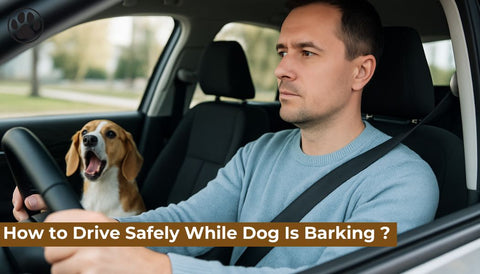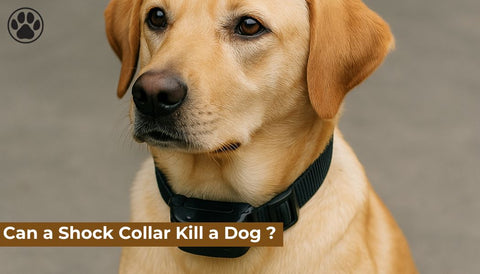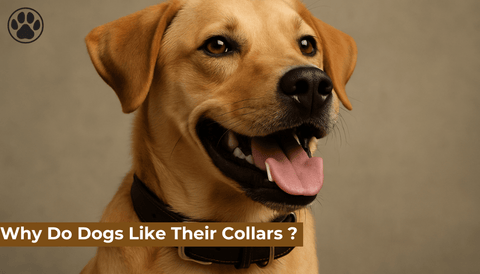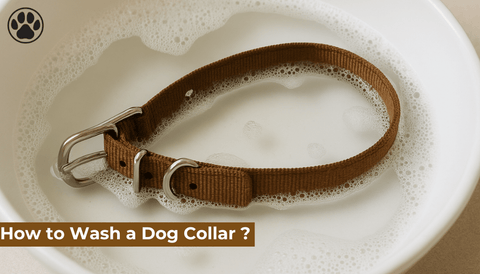
Can I Brush My Dog’s Teeth with Human Toothpaste?
of reading - words
Brushing your dog’s teeth is an essential part of their oral hygiene and overall health. Many pet owners wonder: Can I use human toothpaste to clean my dog’s teeth? The short answer is no. Human toothpaste contains ingredients that are toxic to dogs, including xylitol, fluoride, and foaming agents that can cause serious health problems if ingested.
Instead, you should use dog-friendly toothpaste designed specifically for canines. In this article, we’ll discuss why human toothpaste is dangerous for dogs, the best alternatives, and how to properly care for your dog’s teeth.
Why Human Toothpaste Is Dangerous for Dogs
Most human toothpaste brands contain chemicals that are safe for humans but harmful to dogs. Here’s why you should never use human toothpaste on your pet:
1. Xylitol Poisoning
Xylitol is a common artificial sweetener found in many toothpastes, sugar-free gums, and candies. While safe for humans, xylitol is extremely toxic to dogs, even in small amounts.
Effects of xylitol poisoning in dogs:
- Rapid drop in blood sugar (hypoglycemia)
- Vomiting and lethargy
- Seizures or tremors
- Liver failure (in severe cases, xylitol poisoning can be fatal)
2. Fluoride Toxicity
Fluoride is another common ingredient in human toothpaste. It helps prevent cavities in humans, but dogs do not need fluoride supplementation. If swallowed, fluoride can cause:
- Stomach pain and vomiting
- Diarrhea and excessive drooling
- Neurological issues in severe cases
Since dogs cannot spit out toothpaste, they will inevitably swallow whatever is used during brushing. This increases the risk of fluoride poisoning.
3. Foaming Agents Cause Digestive Issues
Many human toothpastes contain foaming agents like sodium lauryl sulfate (SLS), which help create a lather when brushing. These chemicals are safe for humans, but they can cause:
- Gastrointestinal irritation
- Nausea and stomach upset
- Diarrhea and dehydration
Dogs are not accustomed to the foaming action of human toothpaste, making the experience uncomfortable and potentially harmful.
What Type of Toothpaste Should I Use for My Dog?
To safely clean your dog’s teeth, use a veterinarian-approved dog toothpaste. Dog toothpaste is specifically formulated to be safe to swallow, free from harmful chemicals, and available in dog-friendly flavors like poultry, beef, or peanut butter.
When choosing a dog toothpaste, look for:
✅ Xylitol-free, fluoride-free, and safe ingredients
✅ Vet-approved formulas
✅ Enzymatic toothpaste (helps break down plaque and tartar)
✅ Palatable flavors to encourage brushing
How to Properly Brush Your Dog’s Teeth
Brushing your dog’s teeth may seem challenging at first, but with patience and consistency, it can become part of your dog’s routine care. Follow these steps for effective brushing:
Step 1: Gather the Right Supplies
- Dog-safe toothpaste
- A dog toothbrush or finger brush (soft-bristled and pet-friendly)
- Treats for positive reinforcement
Step 2: Introduce the Toothpaste
- Let your dog lick a small amount of the toothpaste to get used to the taste.
- Use positive reinforcement (praise, treats) to create a pleasant association.
Step 3: Start Brushing Gradually
- Lift your dog’s lip to expose their teeth.
- Gently brush in circular motions, focusing on the outer surfaces where plaque accumulates.
- Start with a few teeth and gradually increase the duration over time.
Step 4: Make It a Routine
- Brush 2-3 times per week for optimal oral health.
- Reward your dog after each session to encourage cooperation.
Alternative Ways to Maintain Your Dog’s Oral Health
If your dog is resistant to toothbrushing, there are alternative ways to support their dental hygiene:
1. Dental Chews and Treats
Certain dental chews and bones are designed to reduce plaque buildup and freshen breath. Look for vet-approved options to ensure they are safe and effective.
2. Dental Water Additives
Adding a dog-friendly dental rinse to your dog’s water bowl can help prevent tartar buildup and bad breath. Always choose vet-approved formulas.
3. Professional Dental Cleanings
Routine veterinary cleanings can help remove stubborn plaque and tartar that at-home brushing cannot address. Your vet may recommend annual cleanings, especially for breeds prone to dental disease.
FAQs About Brushing Your Dog’s Teeth
1. What happens if I accidentally use human toothpaste on my dog?
If your dog swallows a small amount of human toothpaste, monitor them for vomiting, diarrhea, or lethargy. If symptoms appear, contact your veterinarian immediately.
2. How often should I brush my dog’s teeth?
Ideally, you should brush your dog’s teeth daily. However, brushing at least 2-3 times per week can significantly improve oral hygiene.
3. Can I use baking soda as an alternative to toothpaste?
No. Baking soda is not safe for dogs as it can cause stomach irritation and electrolyte imbalances. Always use a veterinary-approved toothpaste.
4. Can I use coconut oil to brush my dog’s teeth?
Coconut oil has mild antibacterial properties, but it does not replace proper dental care. It is safe in small amounts but should be used as a supplement, not a replacement for brushing.
5. Are dental wipes a good alternative to brushing?
Yes! Dental wipes are a great option for dogs that refuse brushing. They help remove plaque and bacteria but are not as effective as brushing with toothpaste.
Conclusion
Brushing your dog’s teeth is essential for their overall health, but human toothpaste should never be used. Ingredients like xylitol, fluoride, and foaming agents can be toxic and cause serious health issues.
To keep your dog’s teeth clean and healthy, always use vet-approved dog toothpaste and incorporate regular brushing, dental chews, and professional cleanings. By maintaining proper oral hygiene, you can prevent dental diseases and ensure a longer, healthier life for your furry friend.




